Dogs in the garden and poisonous plants
zaphod42
14 years ago
Related Stories

PETSGarden Alert: 22 Plants to Keep Away From Pets
Avoid potential danger by keeping dogs and cats away from these landscaping and houseplant favorites
Full Story
GARDENING GUIDESGreat Design Plant: Slipper Plant
Unthirsty succulent looks great all year and offers an unexpected surprise in fall
Full Story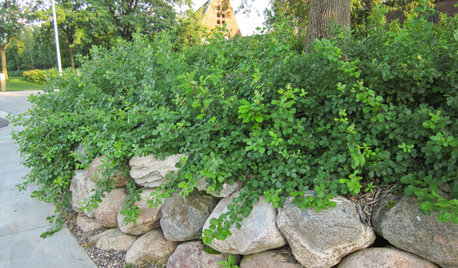
GARDENING GUIDESGreat Design Plant: Rhus Aromatica ‘Gro-Low’ Handles Many Tough Sites
Plant ‘Gro-Low’ fragrant sumac in eastern and midwestern U.S. gardens for its tolerance of tough sites, spreading form and orange fall color
Full Story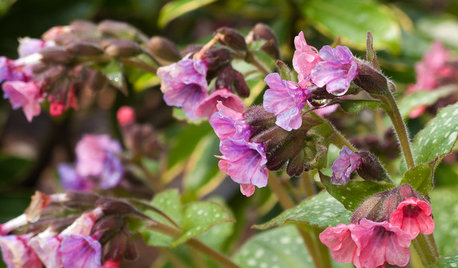
GARDENING FOR BUTTERFLIESGreat Design Plant: Lungwort
Yes, the name is unfortunate. But the flowers and foliage are delightful, and this perennial is easy to grow and shunned by deer
Full Story
PETS6 Ways to Help Your Dog and Landscape Play Nicely Together
Keep your prized plantings intact and your dog happy too, with this wisdom from an expert gardener and dog guardian
Full Story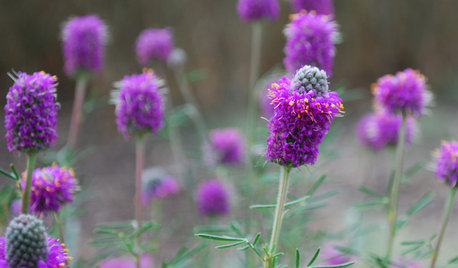
GARDENING FOR BUTTERFLIESGreat Design Plant: Purple Prairie Clover
Bees and butterflies and color, oh my! This cheery native perennial will energize your landscape
Full Story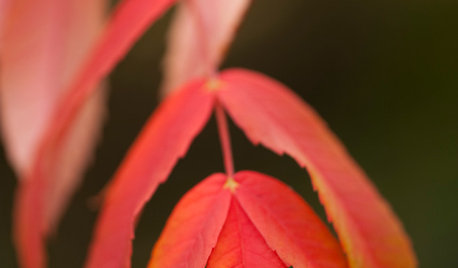
GARDENING GUIDESGreat Design Plant: Rhus Glabra
Smooth sumac provides powerful jolts of fall color and persistent fruit clusters that add interest through the winter
Full Story
PATIOSPatio Details: Dog Won’t Trample the Plants With This Design
An Asian-inspired backyard redo adds clean lines, a new water feature and a sense of spaciousness — with room for a large beloved dog
Full Story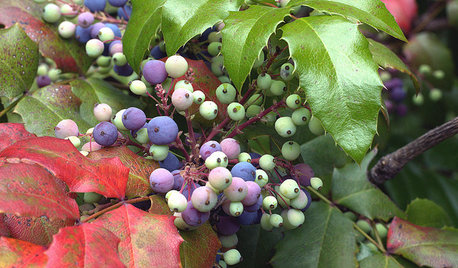
GARDENING GUIDESGreat Design Plant: Mahonia Aquifolium for Birds
Oregon grape puts on a bold spectacle from spring through winter and is ideal to brighten partly shady corners in the U.S. West
Full Story
NATIVE PLANTSGreat Design Plant: Wild Bergamot, Friend of Foragers
Nourish butterflies and other winged creatures with the tubular flowers of Monarda fistulosa, a pretty pink native
Full StoryMore Discussions






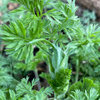
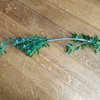

tammyinwv
conniemcghee
Related Professionals
Birmingham Landscape Architects & Landscape Designers · Folsom Landscape Architects & Landscape Designers · Ilchester Landscape Architects & Landscape Designers · Marco Island Landscape Architects & Landscape Designers · Prairie Ridge Landscape Architects & Landscape Designers · Vernon Hills Landscape Architects & Landscape Designers · Brooklyn Center Landscape Architects & Landscape Designers · Clermont Landscape Contractors · Bedford Heights Landscape Contractors · Bergenfield Landscape Contractors · El Segundo Landscape Contractors · New Baltimore Landscape Contractors · Oxnard Landscape Contractors · San Antonio Landscape Contractors · Northlake Landscape Contractorskimcoco
conniemcghee
zaphod42Original Author
tammyinwv
torajima
kimcoco
conniemcghee
tiffy_z5_6_can
athenainwi
gardengal48 (PNW Z8/9)
conniemcghee
gardengal48 (PNW Z8/9)
conniemcghee
Bumblebeez SC Zone 7
ontnative
conniemcghee
kimcoco
conniemcghee
lavender_lass
conniemcghee
ishareflowers {Lisa}
zaphod42Original Author
torajima